 |
Determine the number and size of items that are appropriate for the space/table size. Pare down items to an odd number. |
| If you use one item on a table, go with something big and bold. Think fat and wide rather than tall and skinny. |  |
 |
Easy formula for tablescaping: plant material, books, and a decorative object. |
Use trays or baskets to corral small items. Tablescaped items should be grouped somewhat closely together, making a cohesive visual story.
Group by theme and/or color. Using items of the same color always looks more unified and less cluttered. Try using shades of just one color, but different textures and sizes. Possible themes include seasonal/holiday, nature, collections, etc.
Create peaks and valleys in your tablescape. Vary sizes. Use books, pedestals, cake stands to elevate objects. Start with largest, tallest item (peak). If against a wall, tallest in back. If floating in room, tallest in middle or somewhat offset from middle. Work forward or out, smallest (shortest) in front.
Use glass bowls or vases filled with fruit, rocks, shells, or flowers. Use ornaments in vases grouped by color to use any time of the year.
Use branches, greenery, flowers from your yard. Experiment and you’ll quickly see what lasts longest.
Use plate stands for plates, small pictures, and/or books. Use a basket or glass container to hold shells, fruit, vintage buttons, etc.
I’d love to see examples of your own tablescapes! Email yours to me at [email protected] and maybe I’ll do a post featuring your creative designs.
.


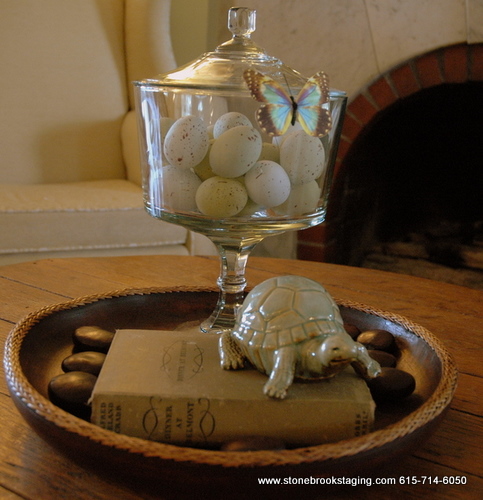
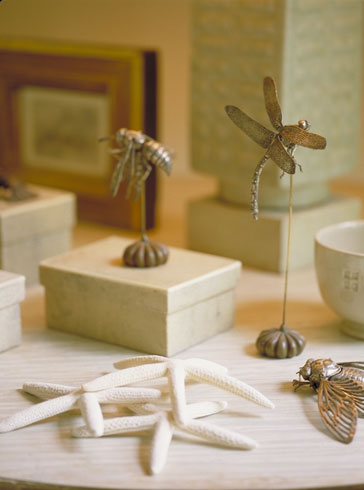
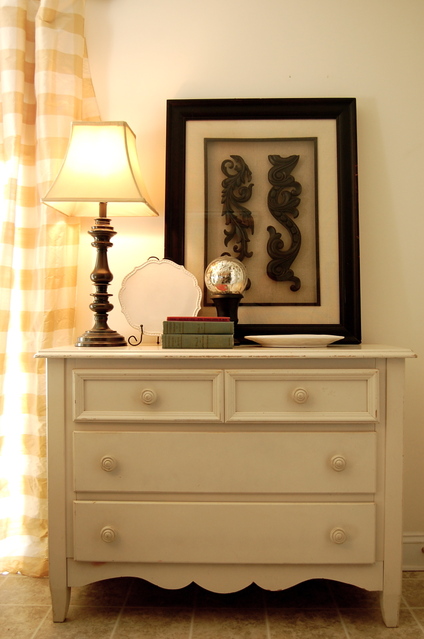
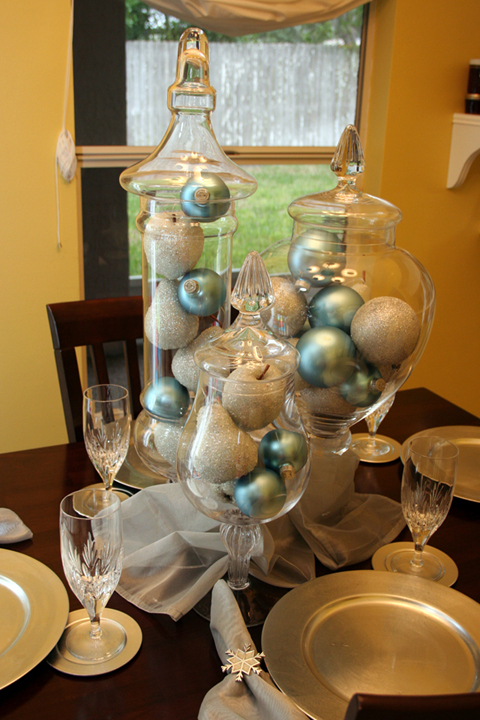
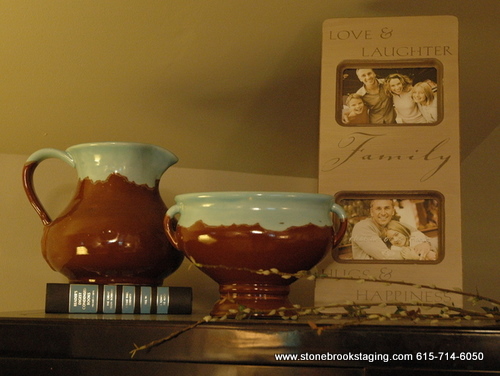
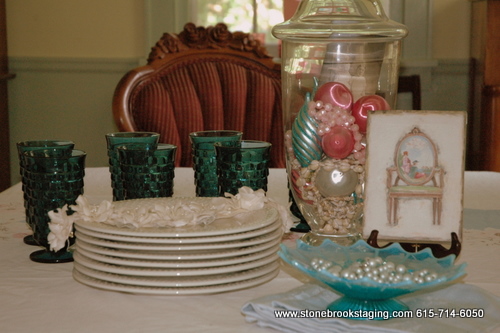
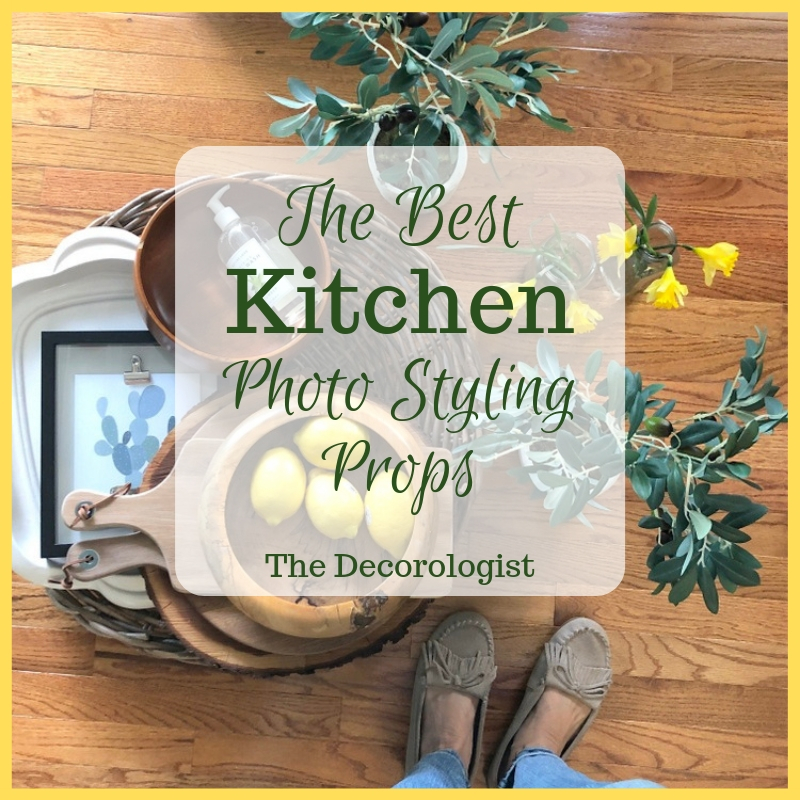
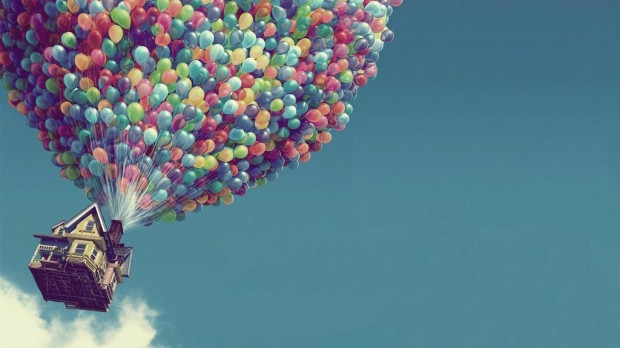
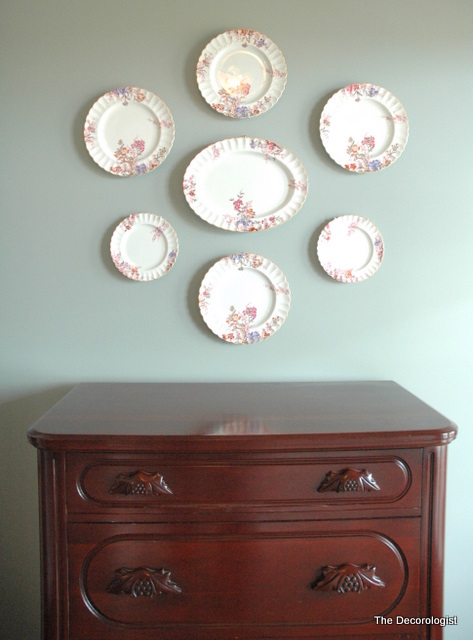
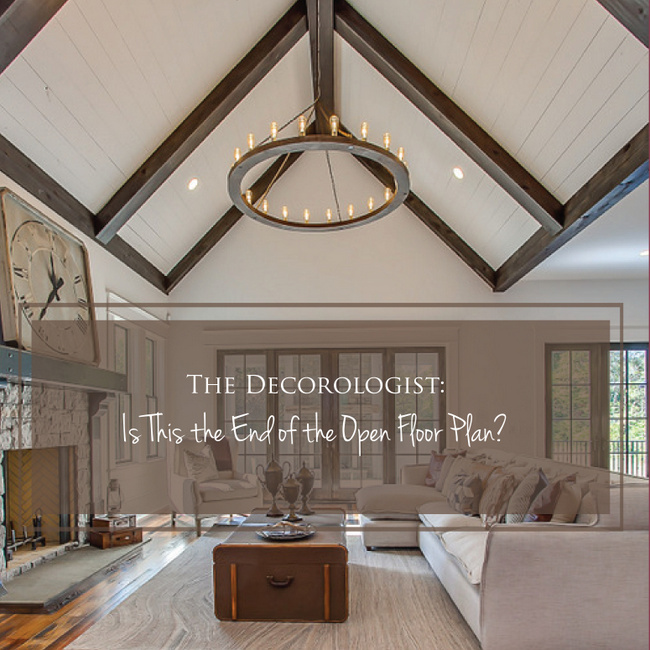
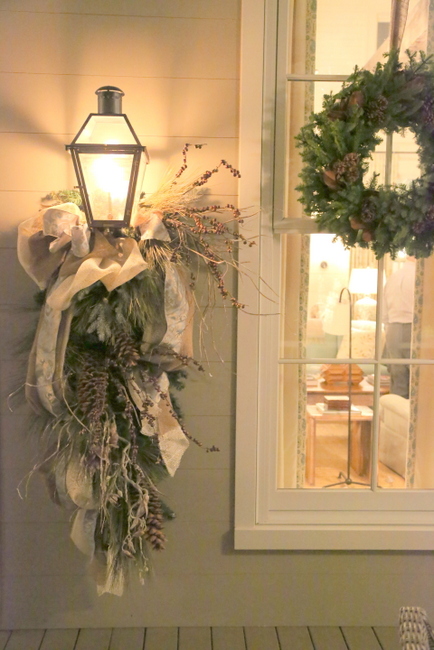
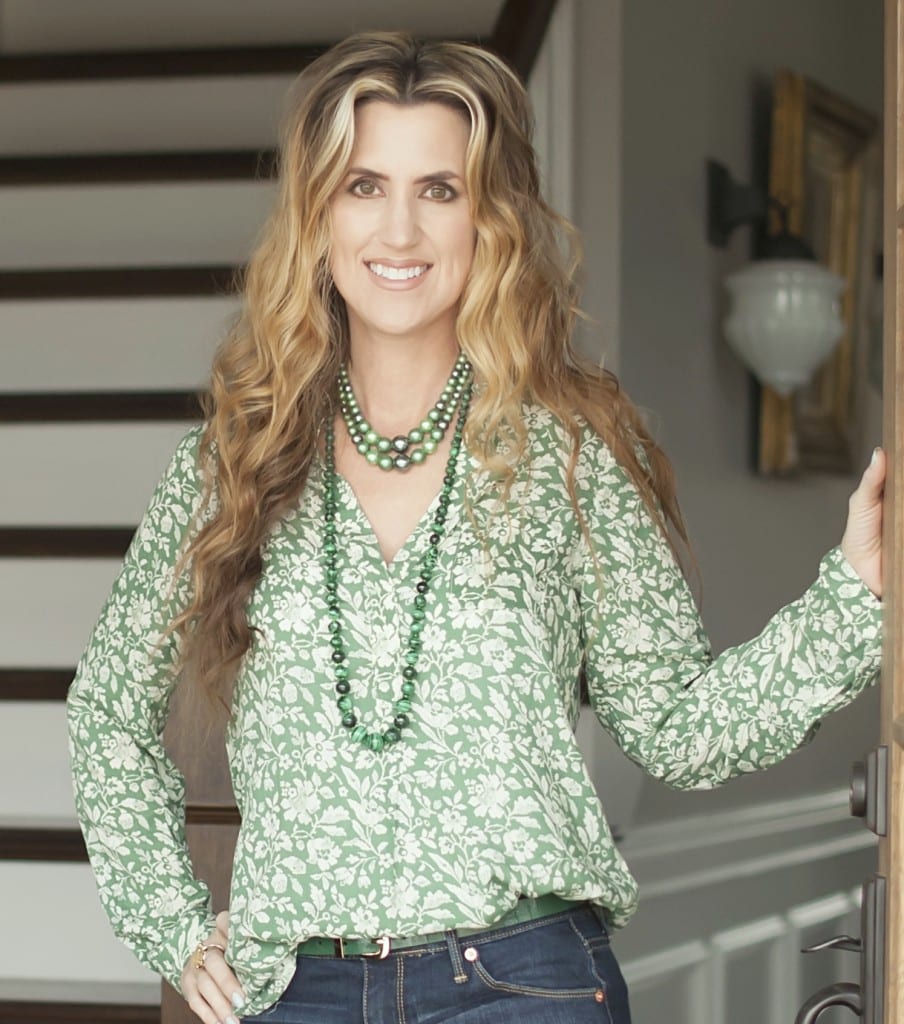

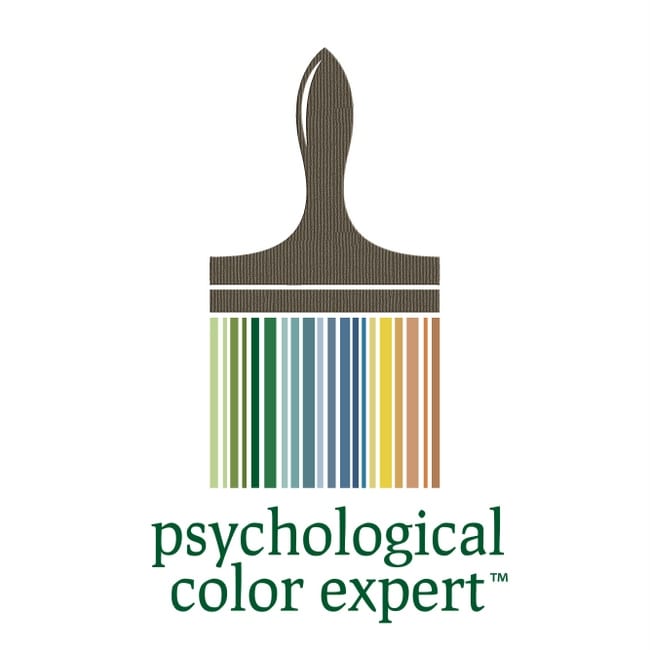

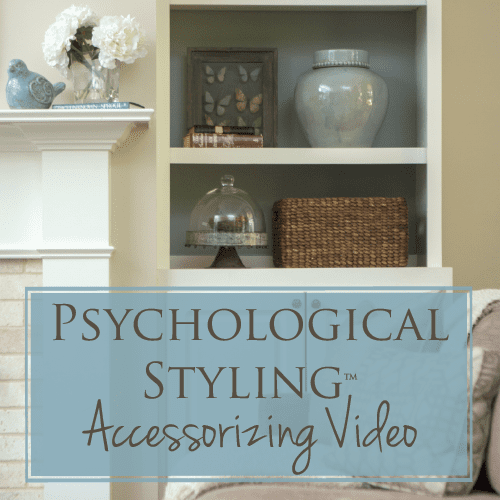
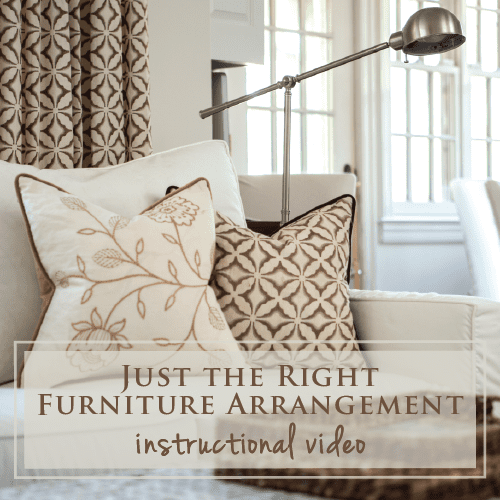
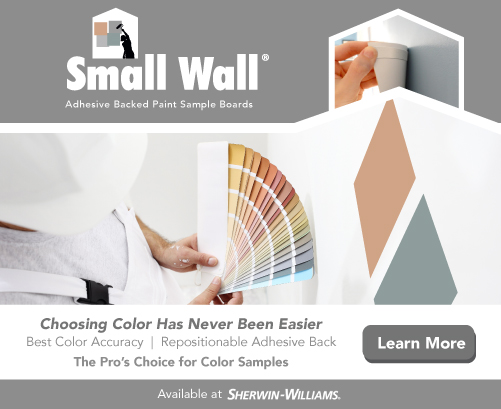
maybe someday…..
my current tablescape consists of a free form background of fingerpaint, texture from cheerios, and a focal point in the baby who frequently plants himself right in the middle; he makes sure to keep it fresh by varying his stance. Sitting, kneeling, standing, dancing…..